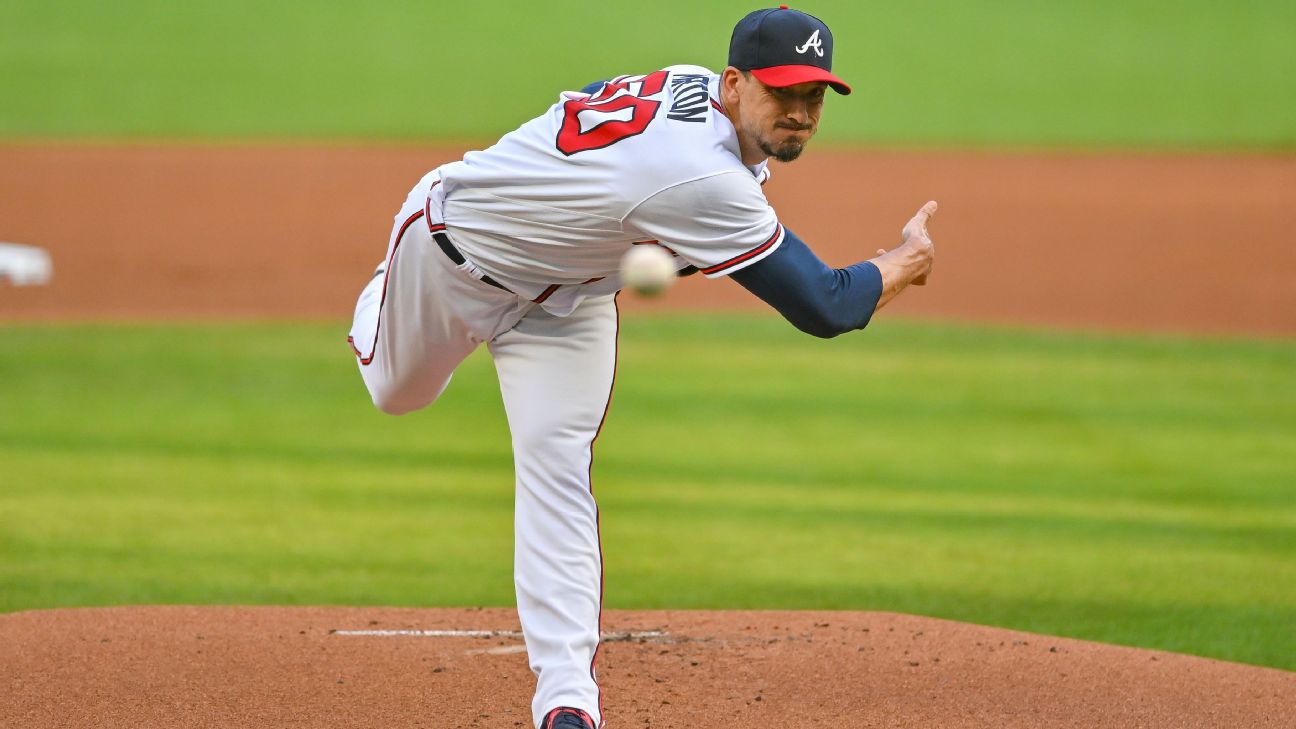
When you train as many pitchers as we do, often times common themes begin to emerge. One such theme is the types of baseball pitching mechanics issues that we observe most often in pitchers. Well, here they are, along with some things we do (barring any glaring mobility issues observed in the assessment) from a corrective standpoint both in the tunnel and in the weight room to address them.
1. Lack of Lower Half Engagement
2. Inefficient Arm Path
3. Poor Glove-Side Integrity
4. Poor Hip and Shoulder Separation
5. Insufficient Front Knee Extension
Here we go…
1. Lack of Lower Half Engagement
Creating the most powerful delivery possible cannot happen without optimal transfer of force from the ground up. Failure to do so can cause issues such as a quad-dominant delivery which can force the athlete to push-off the mound early or get overly rotational to get back to the driveline.
It can also kill hip and shoulder separation and force the upper body and arm to do most of the work. The first step in getting our guys to load their lower half is to get them to realize they have one and then work on timing it up into their delivery. This can be accomplished both in the tunnel and with hinging exercises in the weight room (for a more technical review of the lower half click here).
Step Back Throw
S. Leg Squat
2. Inefficient Arm Path
An inefficient arm path is usually a late arm. This puts much undo stress on the anterior shoulder and elbow while keeping it more connected to the body in order to create more power in a more efficient manner. Keeping the arm loose as well allows momentum from hand break to take the arm down, up and around while allowing it to pass through scap loading more naturally. This creates a more “whip-like” action.
It is tough habit for a lot of guys to break out of, so this is another example of utilizing a drill that puts the arm in a more efficient path and allows them to feel that position. I think you can see the difference…
Marshalls
3. Poor Glove-Side Integrity
A low or early glove-side in baseball pitching mechanics can start the “pull” or unwinding over the front side prematurely, leaving the athlete with nothing left to pull on later in the acceleration phase and making it difficult to create arm-speed later and closer to the point of release. It can also cause the torso to open early, leading to our next frequently seen issue, hip and shoulder separation.
Walking Torques
4. Poor Hip and Shoulder Separation
An early trunk rotation in baseball pitching mechanics puts the upper body and arm in a more compromised position to accept ground reaction forces. It also reduces the stretch-reflex mechanisms in the trunk, thus negatively affecting torque that helps optimize hip and shoulder separation.
In the weight room, strengthening rotary components of the core, as well as core stiffness to help hold that separation are key. On the technical side, throwing drills that emphasize timing and keeping the upper half closed longer can go a long way. (for a more technical review of hip and shoulder separation click here).
Med Ball Receive and Hold
Step Behind Throw
5. Insufficient Front Knee Extension
An insufficient increase in the angle of knee / hip extension from foot strike to ball release combined with a poor deceleration pattern (force not being expressed in a posterior direction) with the front leg at foot plant can cause energy to be leaked out of that front knee.
This not only causes a less than optimal pathway for energy to be transferred up through the core and into the arm, but also affects the athlete’s ability to achieve complete hip rotation after ball release, placing added stress on the posterior shoulder and elbow at finish. Here are several ways to help improve the lead leg block.
Med Ball Stand-up Slam
1-Leg Reverse Hurdle Hops
See ya’ in the gym…
By Nunzio Signore (BA, CSCS, CPT, NASM, FMS)
You live too far to train with us in-house at RPP? You can now train with us on a REMOTE basis.



One Reply to “What are the Most Common Pitching Mechanics Issues?”
Comments are closed.